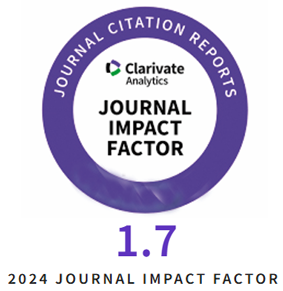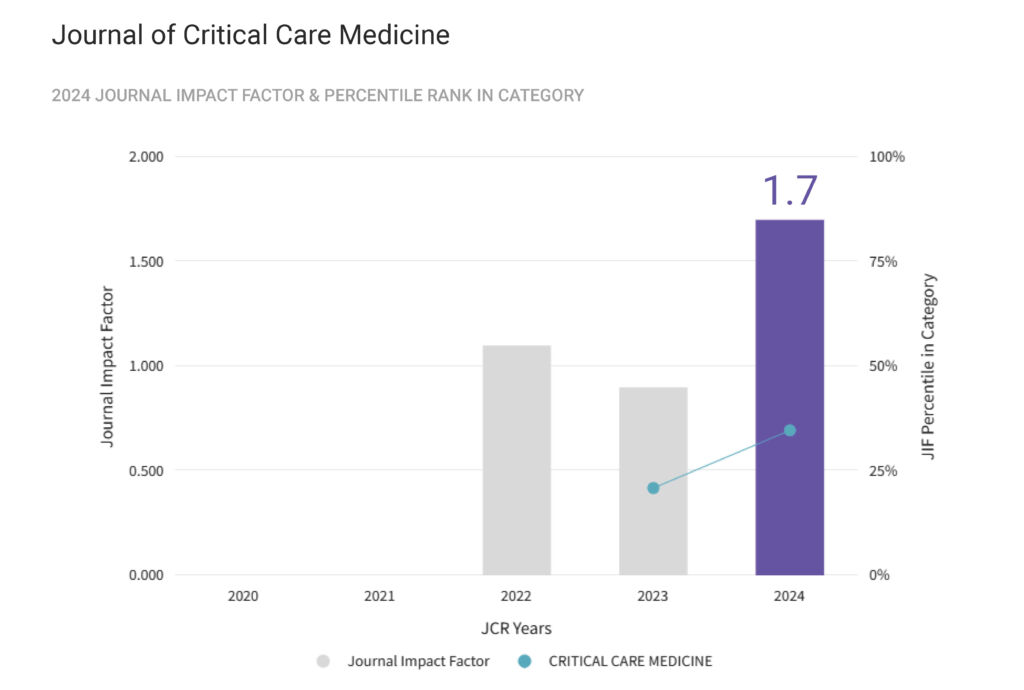Systolic anterior motion (SAM) of the mitral valve refers to the unusual movement of the anterior and sometimes the posterior mitral valve leaflets toward the left ventricular outflow tract (LVOT) during systole. This phenomenon is most frequently associated with the asymmetric septal variant of hypertrophic cardiomyopathy (HCM), but it can also occur in conditions like acute myocardial infarction, diabetes mellitus, hypertensive heart disease, after mitral valve repair, and even in asymptomatic individuals during dobutamine stress tests. We present a case of transient SAM induced by a junctional rhythm along with high doses of dobutamine and nitroglycerin in an intensive care unit (ICU) setting. Transesophageal echocardiography (TEE) played a crucial role in detecting SAM and showed that transitioning from a junctional rhythm to a ventricular paced rhythm led to an improvement in the SAM condition.
Tag Archives: transesophageal echocardiography
Role of Transesophageal Echocardiography in the Diagnosis of Multi-chamber Intracardiac Thrombosis During Liver Transplantation: A Case Series
Intra-cardiac thrombosis is one of the most devastating complications during liver transplantation. In the majority of cases, ICT, followed by massive pulmonary embolism, is commonly occurring shortly after liver graft reperfusion, but it has been reported to occur at any stage of the surgery. We present a series of 3 cases of intra-cardiac thrombosis during orthotopic liver transplantation surgery, including a case of four-chamber intra-cardiac clot formation during the pre-anhepatic stage. This article represents a single-centre 14 year-long experience. Intra-operative TEE is the gold standard to diagnose intra-cardiac thrombosis, monitoring its size, location and dynamics, as well as myocardial performance and the effects of resuscitation efforts.
The Diagnosis and Hemodynamic Monitoring of Circulatory Shock: Current and Future Trends
Circulatory shock is a complex clinical syndrome encompassing a group of conditions that can arise from different etiologies and presented by several different hemodynamic patterns. If not corrected, cell dysfunction, irreversible multiple organ insufficiency, and death may occur. The four basic types of shock, hypovolemic, cardiogenic, obstructive and distributive, have features similar to that of hemodynamic shock. It is therefore essential, when monitoring hemodynamic shock, to making accurate clinical assessments which will guide and dictate appropriate management therapy.
The European Society of Intensive Care has recently made recommendations for monitoring hemodynamic shock. The present paper discusses the issues raised in the new statements, including individualization of blood pressure targets, prediction of fluid responsiveness, and the use of echocardiography as the first means during the initial evaluation of circulatory shock. Also, the place of more invasive hemodynamic monitoring techniques and future trends in hemodynamic and metabolic monitoring in circulatory shock, will be debated.










